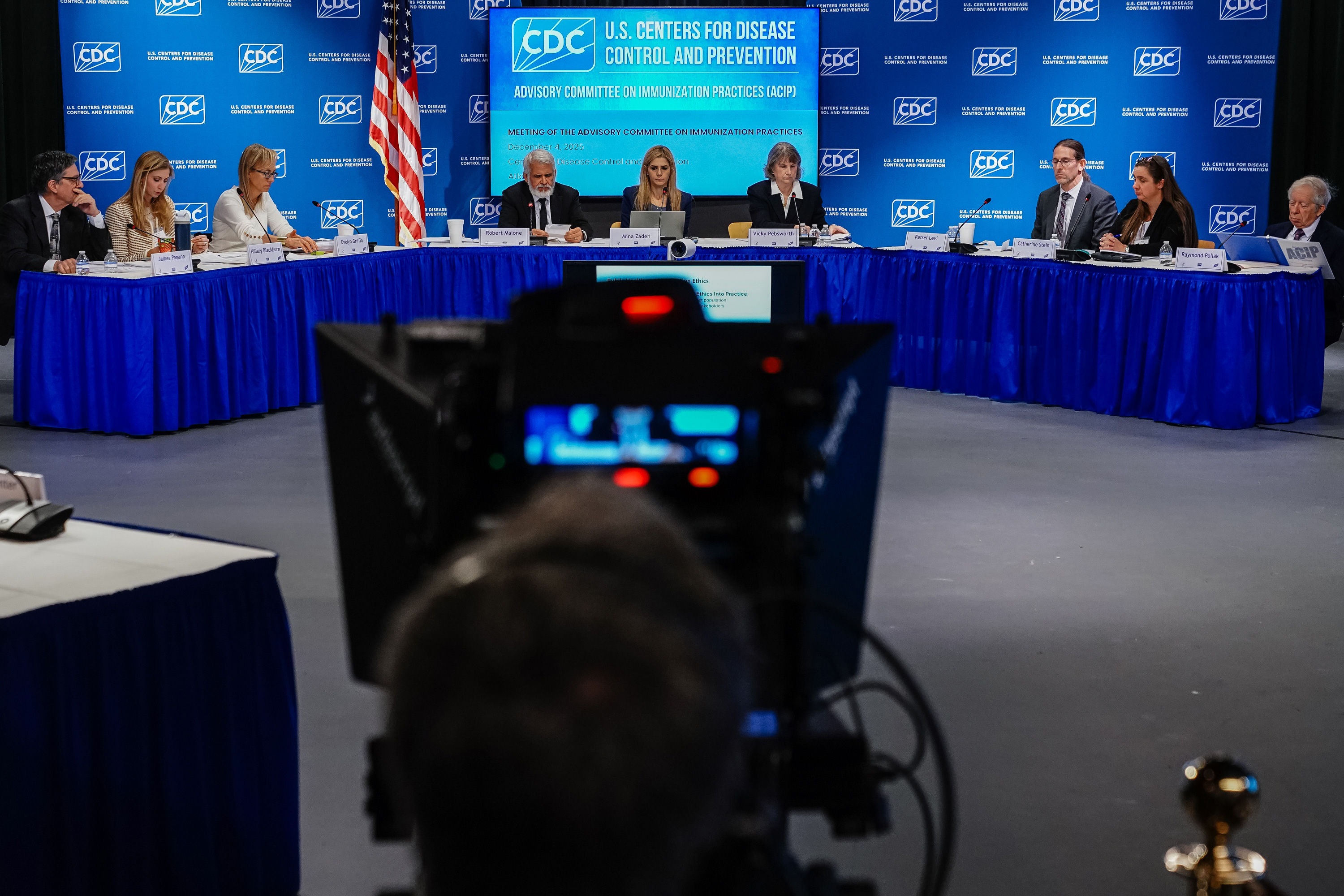State Health Policy and Data
New and noteworthy
State Health Facts
More than 800 state-level health indicators can be mapped, ranked, and downloaded
Medicaid State Fact Sheets
Key data for Medicaid use in every state, including current coverage, access, and financing
Latest News
-

One Big Beautiful Bill Act Complicates State Health Care Affordability Efforts
-

Disability Rights Lawyers Threatened With Budget Cuts, Reassignments
-

FDA cuestiona uso de antidepresivos en el embarazo, pero médicos dicen que son esenciales
-

Qué significa la decisión sobre la vacuna contra la hepatitis B para la gente
Subscribe to KFF Emails
Choose which emails are best for you.
Sign up here